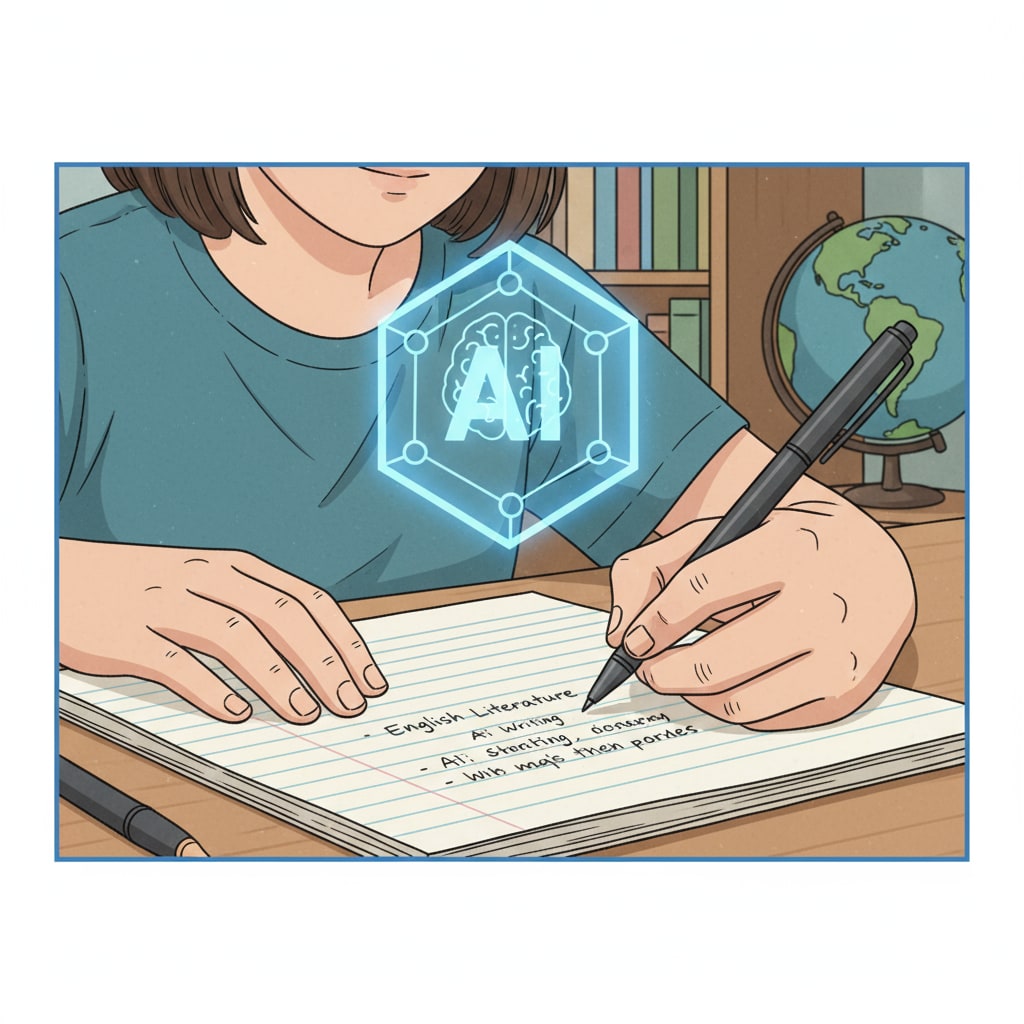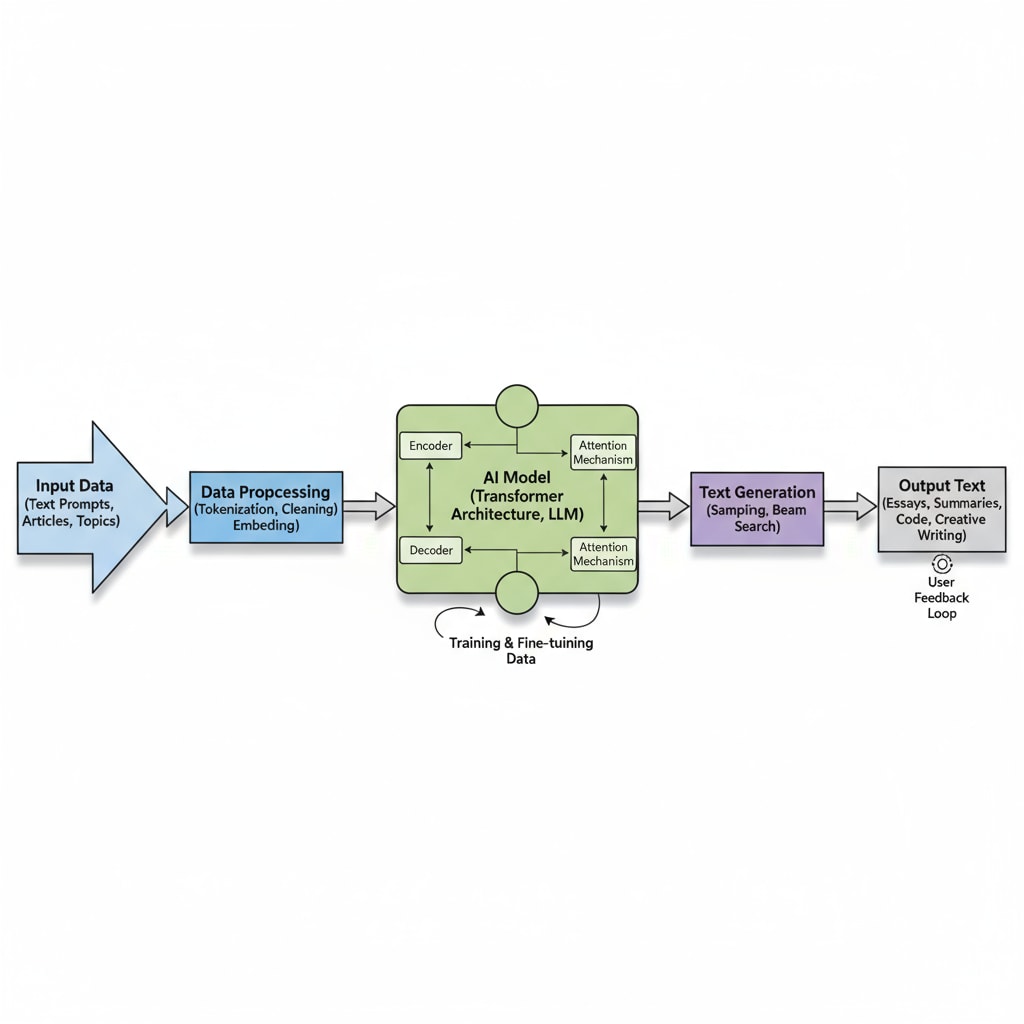In the age of rapid technological advancement, the integration of AI into various aspects of our lives has also significantly impacted the realm of writing. The concepts of AI writing, authenticity, writing characteristics, and teaching methods have become focal points in modern education. As educators, it’s essential to understand how to differentiate between AI-generated writing and the work of real students, and more importantly, how to nurture students’ authentic writing abilities.

Understanding the Characteristics of AI Writing
AI writing often exhibits certain distinct traits. Firstly, it tends to be highly consistent in style. For example, the language use follows a set pattern and grammar rules meticulously. AI algorithms are designed to generate text that adheres to predefined language models. According to Wikipedia’s page on Natural Language Generation, these models are trained on vast amounts of text data, which results in a somewhat mechanical and less creative output in some cases. Secondly, AI writing may lack in-depth emotional resonance. Since it doesn’t possess real emotions, it struggles to convey the kind of raw feelings that a human writer can infuse into their work.

The Hallmarks of Authentic Student Writing
Authentic student writing, on the other hand, is rich in individuality. Students bring their unique perspectives, life experiences, and ways of thinking to their writing. Their writing may contain grammar errors or unconventional language use, but this is part of what makes it genuine. For instance, a student might use a local dialect or a made-up word to express a particular idea. This creativity and spontaneity are key indicators of authentic writing. Moreover, student writing often reflects their growth and development over time. As they learn and gain more knowledge, their writing style evolves, which is a clear sign of authenticity. According to Britannica’s entry on Education, the educational journey plays a significant role in shaping a student’s writing authenticity.
Developing Effective Teaching Methods
To cultivate students’ authentic writing abilities, educators can adopt several teaching methods. One approach is to encourage personal reflection. By asking students to write about their own experiences, feelings, and thoughts, teachers can help them develop a unique voice in their writing. Another method is to provide hands-on writing exercises that focus on creativity rather than just grammar and structure. For example, storytelling competitions or writing prompts that require out-of-the-box thinking can stimulate students’ creativity. Additionally, teachers should provide constructive feedback that not only corrects errors but also encourages students to explore different writing styles and techniques. This way, students can grow and develop their authentic writing skills.
Readability guidance: As seen above, we have used short paragraphs to convey key ideas. In each section, we have provided a clear focus on the relevant topic. The use of examples and external references helps to enhance the understanding of the concepts. By following these practices, we ensure that the article is easy to read and accessible to a wide range of audiences while maintaining a professional tone.


